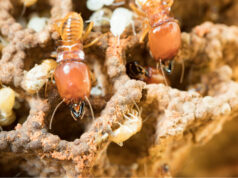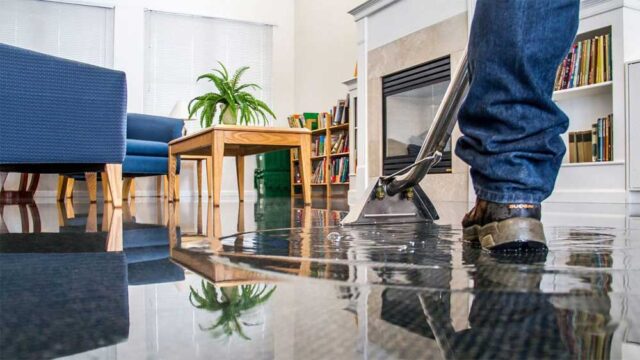
Water damage restoration is large-scale and complicated. It can lead to the closing of a business, prolonged downtime, and financial stress that can severely damage the company.
When businesses hire expert water restoration companies, they can be protected from some of these issues. The help of a team with experience ensures that the drywall, carpet, furniture, ceilings, and other structural features are restored to good condition.
What Is Water Damage Restoration?
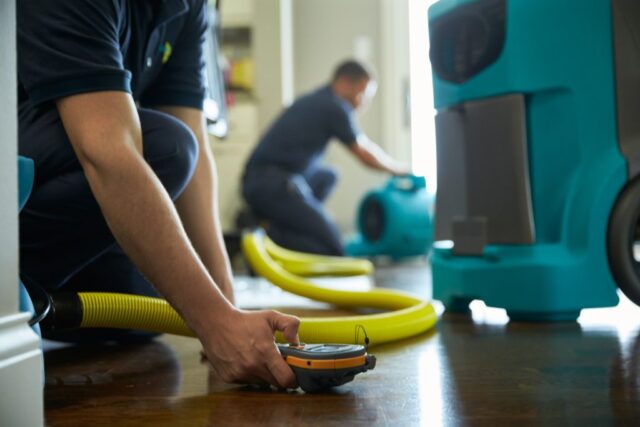
Water damage restoration is a big job that entails preserving and restoring any property whose integrity has been damaged due to flooding, water contamination, sewage backup, or mold. The water removal process can be tedious and expensive to perform on your own.
Professional water cleanup companies will do their best to clean the carpeting and drywall of all the excess moisture. They will deodorize and sanitize the property so that it is healthy for people to live in. The process does not need a certificate or license. Instead, it is aided by training, certification, and experience. One should be equipped with the right tools to streamline the whole process.
What Are the Causes of Water Damage?
There are many reasons for water damage in your home or business. Common causes include leaking pipes, damaged roofs or windows due to storms, burst hot water systems, and flooding. The water can flow into the floor boards and subsequently cause severe damage to the structure.
If your property is exposed to freezing weather, all that ice will melt, causing considerable damage to what surrounds it. Damage cleanup experts will know what signs to look for in any water-damaged building or home and have a look at the amount of damage that has been done. The signs are apparent, including structural damage, foul odors, and standing water.
How Does Water Damage Restoration Work?
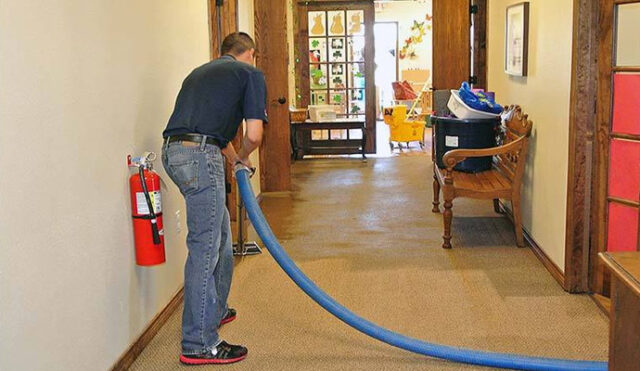
Water damage restoration works best when you use the services of a company that specializes in it. A professional water removal and cleanup company would hire a team of people trained to assess the damage done and come up with a plan of action for restoring the property.
The experts will wear protective gear and use proper cleaning techniques to keep the environment safe. The first thing to do if they notice water damage is to isolate and shut down electrical systems in the area that has been damaged.
1. Conduct a Water Damage Inspection
The restoration company must inspect the property before determining how best to restore it and what it would take to make it habitable again. During the inspection, they will look for moisture and water stains in the affected areas, then proceed with drying out these areas before moving on with the rest of the process. The source of the water is more related to the type of damage; if the source is a burst pipe, then the cause of the water damage will be easy to discover.
2. Remove Standing Water via Extraction
Remove the standing water from the property using low-pressure fans and vacuums to suck up the water from hard surfaces. The professionals are careful not to damage any of the walls or floors. When they are done, they will continue cleaning to ensure that no harmful bacteria or mold spores remain in any affected areas.
Stagnant water is crucial for diseases like typhoid, cholera, and typhus. They will use chemicals to kill all forms of bacteria that have been growing due to exposure to moisture. They will spray the affected surface with antimicrobial agents to prevent any further growth of bacterial colonies.
3. Repair and Reconstruct if Necessary
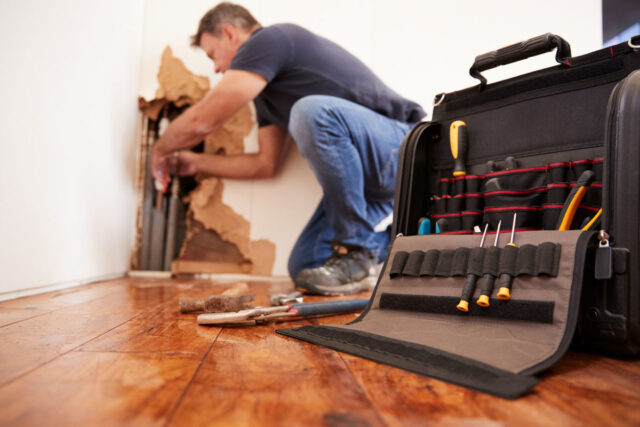
Water may leave cracks or any other form of damage in the ceilings and walls. If exposed to high water levels, it will lead to rot and mold. The damage cleanup experts may need to remove affected areas or reinforce them so that they can be repaired.
They will take measurements of the damaged areas of carpeting and drywall so that they can manufacture new parts where they were destroyed by water. They may use special equipment like drywall knives, saws, and drills to create unique pieces as strong as the originals.
Water damage cleanup experts will ensure that they completely dry any water-damaged area to protect it from further damage. They will also repair any damaged parts and reconstruct them with more robust materials so that the structure’s integrity is not compromised. If you notice signs of water damage, contact a restoration company that can restore your property for the safety of the people living there.
4. Dehumidification and Drying
Once standing water has been removed, the next step is to dry out the affected areas thoroughly. The restoration company will use professional-grade dehumidifiers, air movers, and other drying equipment to remove any remaining moisture from the air and building materials. This process may take several days to complete, and the restoration team will regularly monitor the moisture levels and adjust the equipment as needed.
5. Cleaning and Sanitizing
After the affected areas have been thoroughly dried, the restoration team will begin the cleaning and sanitizing process. This includes disinfecting all surfaces, including floors, walls, and furniture, to prevent the growth of mold and bacteria. They may also use specialized equipment, such as ozone generators or fogging machines, to eliminate any remaining odors caused by the water damage.
6. Documenting the Damage
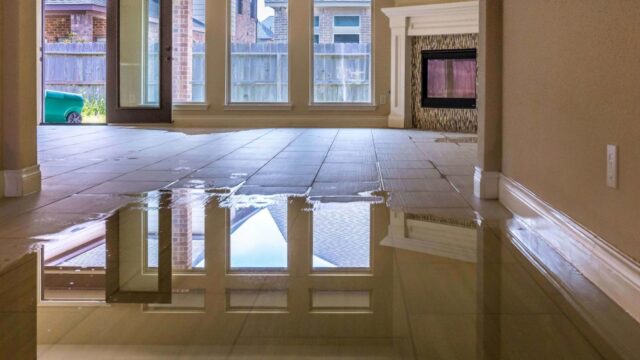
During the restoration process, it is important to document all the damage that occurred and the steps taken to restore the property. This includes taking photos and videos of the affected areas, recording moisture levels, and creating detailed reports. This documentation can be used to support insurance claims and ensure that all the necessary repairs and restoration work has been completed.
7. Rebuilding and Restoration
Once the cleaning and sanitizing process is complete, the restoration team will begin the rebuilding and restoration phase. This may involve replacing damaged drywall, flooring, and other building materials, as well as repainting and refinishing surfaces. The goal is to restore the property to its pre-damage condition, so it may take some time to complete.
8. Final Inspection
After all the repairs and restoration work has been completed, a final inspection will be conducted to ensure that everything has been restored to the appropriate standards. The restoration team will check for any remaining moisture, mold, or bacteria and address any issues that are found. Once the final inspection is complete, the property will be declared safe for occupancy or use.






